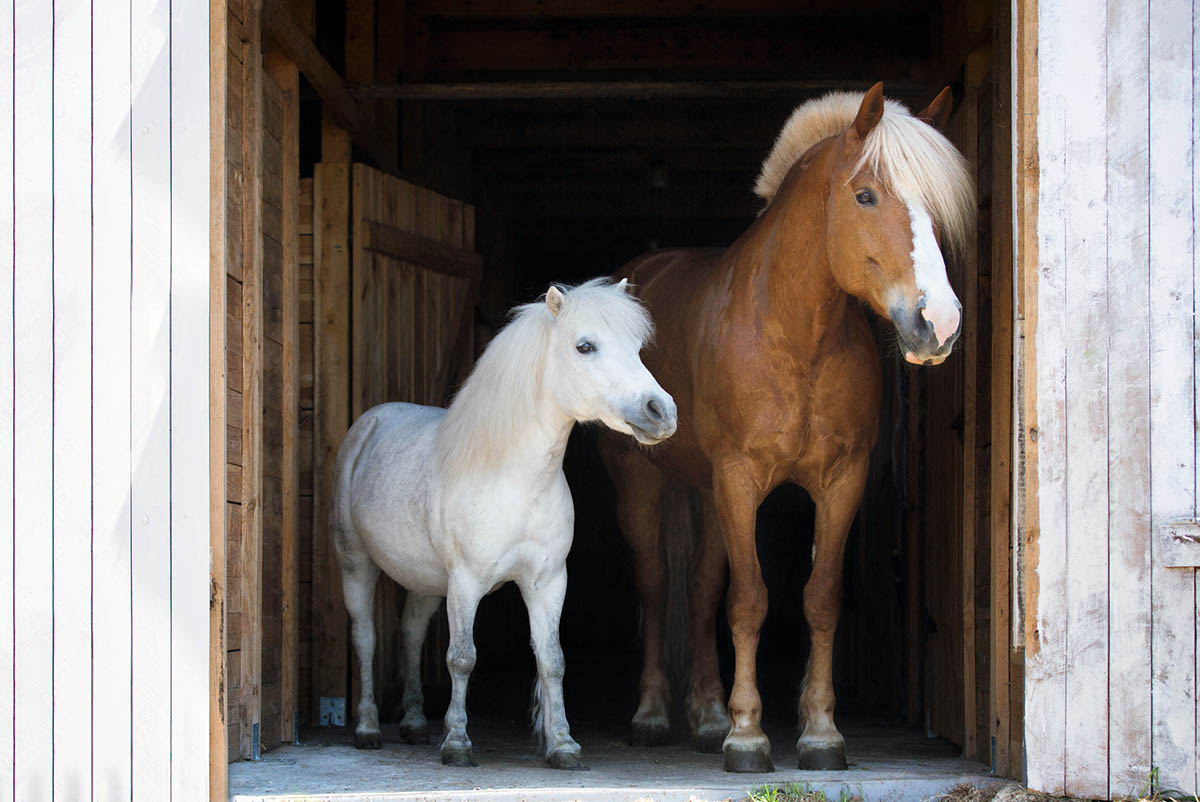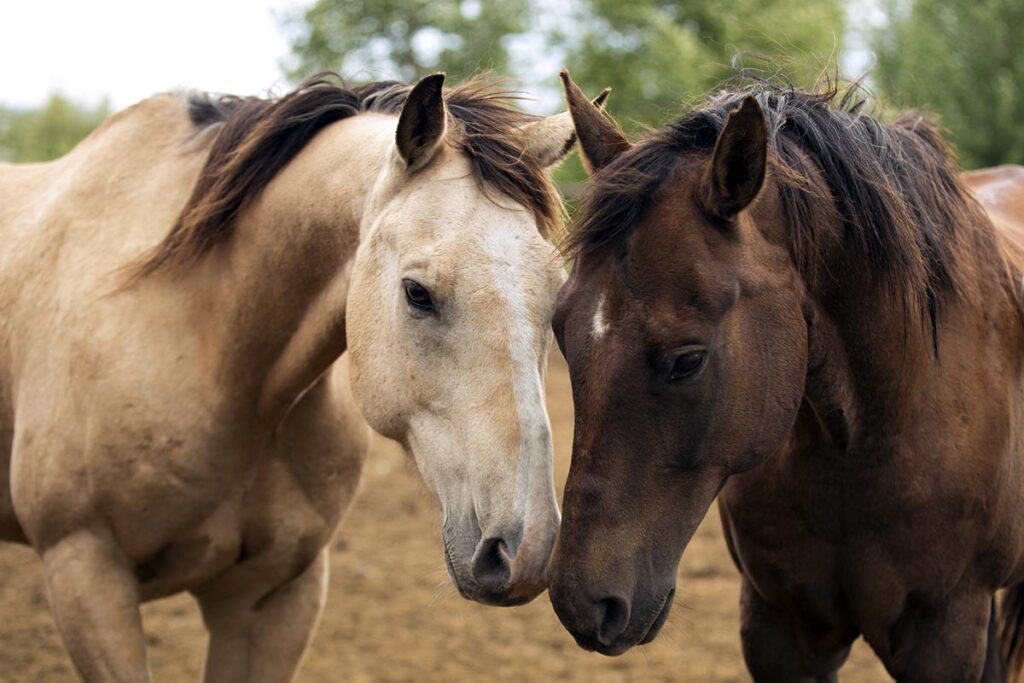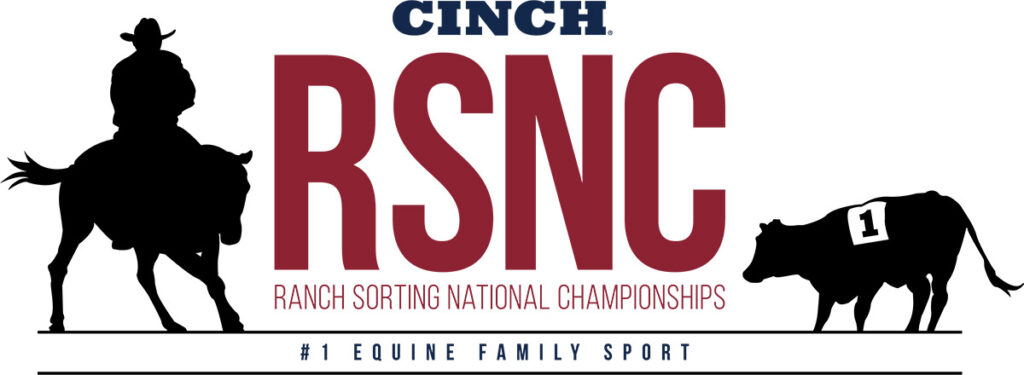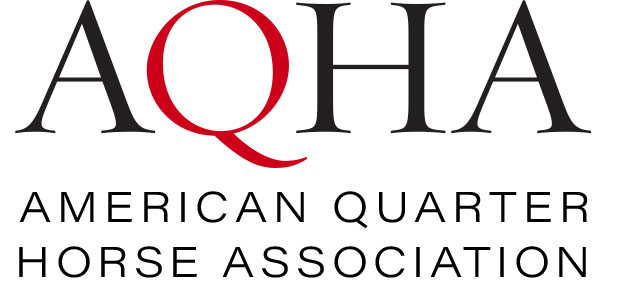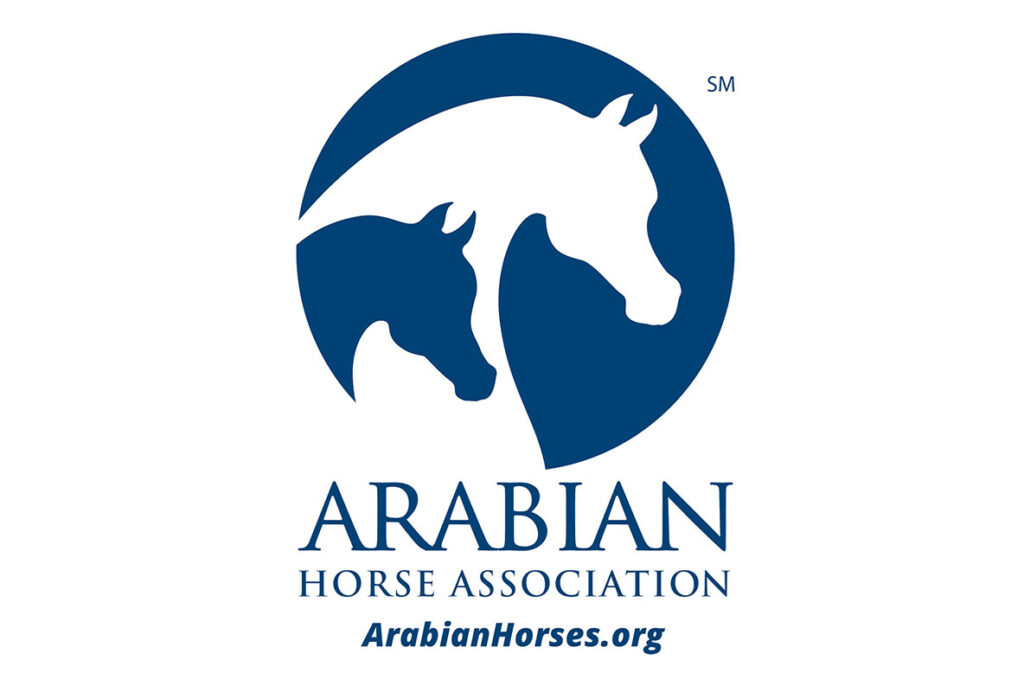If you’re in the market for your first horse or your child’s first pony, you might be wondering what, exactly, are the differences between horses, ponies, and miniature horses. Do they need different feeds? Can they do the same jobs? Are they susceptible to the same diseases? Which one’s right for you? Let’s find out!
Starting With the Basics: Size
The most obvious difference between a horse, a pony, and a mini is size. All three belong to the same species, Equus caballus—unlike their cousins, the zebra (Equus quagga) and the donkey (Equus asinus). Horse and pony heights are measured in hands high (hh), with one hand equaling 4 inches. A horse, by definition, is taller than 14.2 hh (147 centimeters, or 58 inches) at the withers (the highest point of the back that projects up between the shoulder blades). A pony measures less than 14.2 hh.
Miniature horses are commonly measured in inches rather than hands and are no more than 38 inches tall (9.5 hh or 96.5 centimeters). Minis are roughly the same size as large dogs, making them fun-sized horses!
Related Reading: How To Measure Your Horse’s Height
Differences in Physical Ability
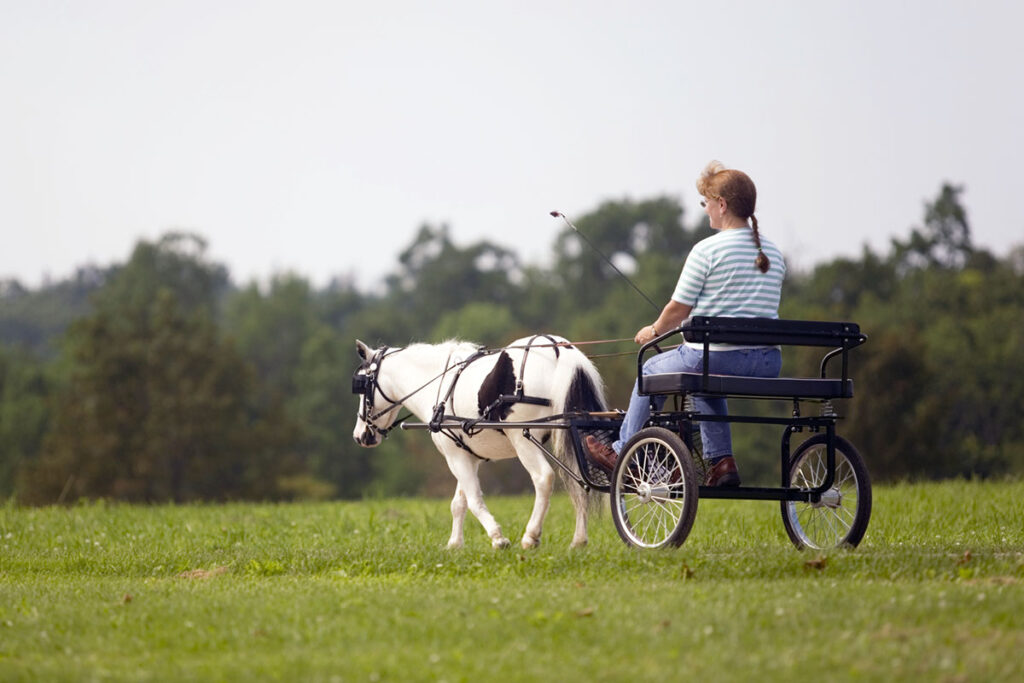
Horses and ponies are considered livestock, but minis are classified as companion animals because they can’t be ridden. Instead, minis can have other jobs, such as driving (pulling carts), liberty work, in-hand showmanship, and equine-assisted therapy. Miniature horses are just as trainable and intelligent as their bigger counterparts.
In terms of athletic ability under saddle, horses and ponies as a whole are identical—size does not matter. Breed dictates athletic abilities much more than physical height. For example, Warmblood horses and ponies alike can be talented dressage and show-jumping athletes, regardless of their size. Of course, a taller horse has an easier time jumping over a 5-foot fence than a pony generally does. It’s all proportional!
Ponies can be ridden by children, teens, and small adults weighing less than 20% of the animal’s body weight. The small but sturdy Shetland pony, for instance, is a beloved mount at many a riding school.
Same Anatomy, (Some) Different Health Considerations
Anatomically speaking, horses, ponies, and minis are the same. They have identical digestive, respiratory, and musculoskeletal systems. They even have the same number of teeth, which can create quite a crowded situation in a mini’s mouth.
All three require species-appropriate management and the same preventive veterinary care, including vaccines, deworming, dental exams, and annual Coggin’s tests. That’s because they are susceptible to the same injuries and diseases.
However, some biological differences between horses and ponies affect how we care for them. Ponies and minis have historically been stockier, hardier breeds, having evolved to adapt to harsh conditions out in the wild with little food available.
Because of this evolutionary trait, most ponies don’t require as many calories as horses do to maintain their body condition. While this means you can likely save some money on your pony’s or mini’s grain bill and simply maintain them on quality forage plus a ration balancer, it also means you must keep a very close eye on their weight.
An overweight equine can have a dysregulated metabolism and is at an increased risk of health issues such as joint problems, insulin resistance (IR), equine metabolic syndrome (EMS), and the debilitating hoof disease laminitis. Obese horses and ponies are more than 10 times more likely to have EMS than their non-overweight counterparts. Do keep in mind that these health conditions, while common in overweight ponies and minis, can affect equines of all shapes and sizes.
Behavioral Differences?
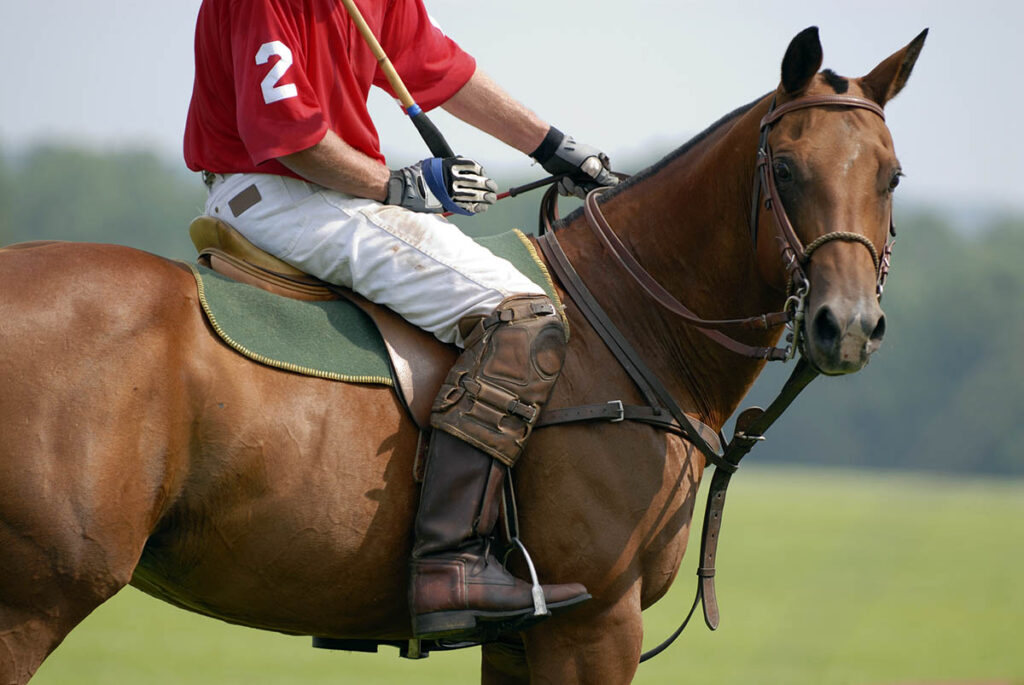
Ponies are notorious for outsmarting their young riders, often being dubbed “naughty” or “mischievous.” Science has yet to find a definite distinction between horse and pony brains, however. We can more likely blame their behavioral differences on the fact ponies are routinely handled and ridden by young, inexperienced children rather than confident adults.
Fun Horse and Pony Facts
- The tallest horse ever recorded was a Shire (a draft breed) named Sampson, who towered at an impressive 21.2 hh (7’3”)! His height earned him the nickname “Mammoth.”
- The world’s smallest horse on record was dwarf miniature called Thumbelina, standing at just 17 inches (43 centimeters, or 4.1 hh).
- You’ll find exceptions to the height rule based on breed and tradition. For example, Arabians are always considered horses, even if their withers don’t reach the 14.2 hh mark on a measuring stick. On the flip side, polo ponies are, on average, 15.1 hh tall. While this technically qualifies them as horses, we’ve traditionally referred to them as ponies.
Take-Home Message
Horses, ponies, and minis are more alike than they are different. They share similar anatomy and physiology as well as most of their care and management requirements. That’s not to say size doesn’t matter! If you are horse shopping and plan to ride your equine partner, consider his height compatibility and suitability for your riding goals.
Lucile Vigouroux, MSc, holds a master’s degree in Equine Performance, Health, and Welfare from Nottingham Trent University (UK) and an equine veterinary assistant certification from AAEVT. She is a New-York-based freelance author with a passion for equine health and veterinary care. A Magnawave-certified practitioner, Lucile also runs a small equine PEMF therapy business.

